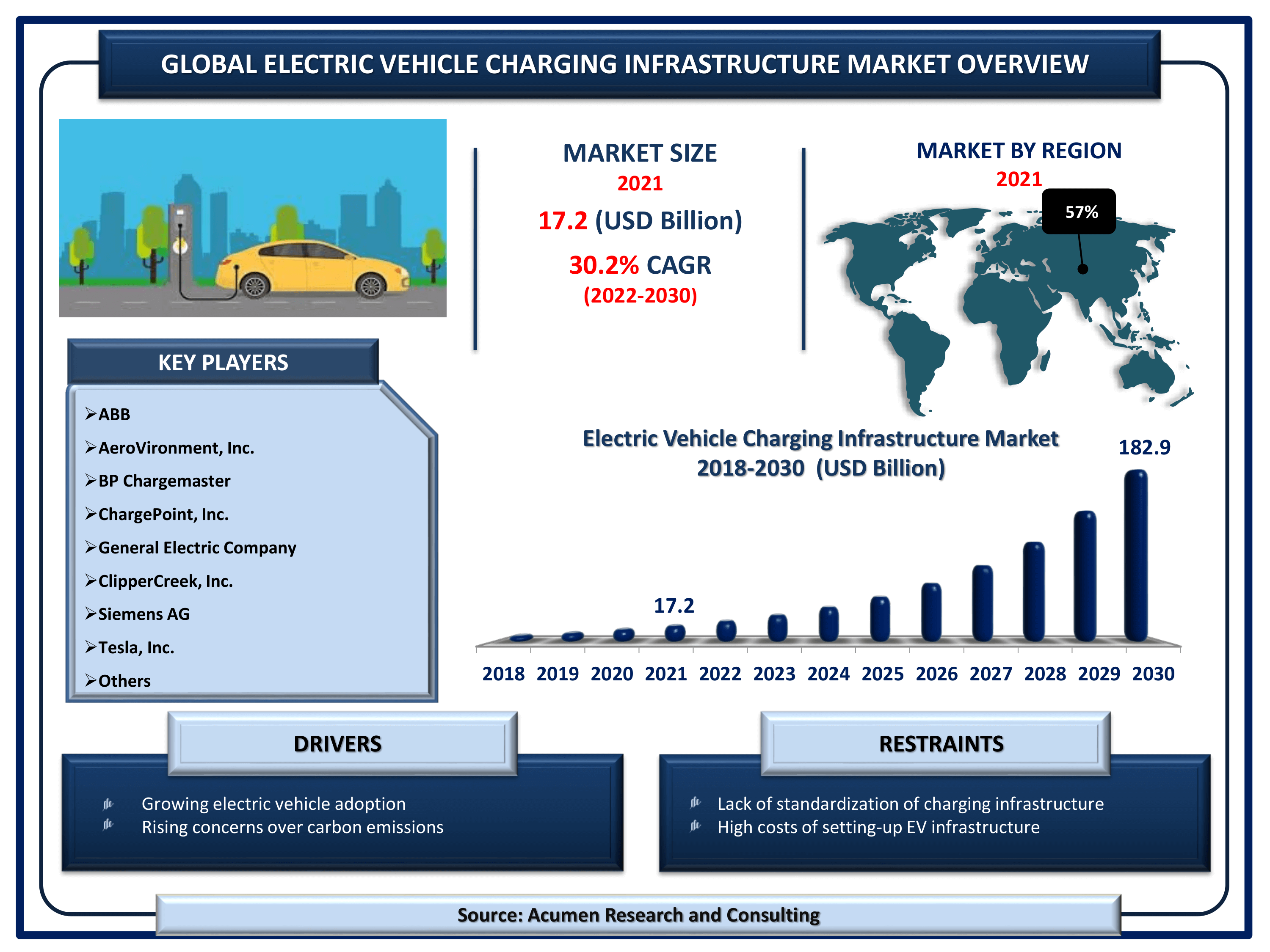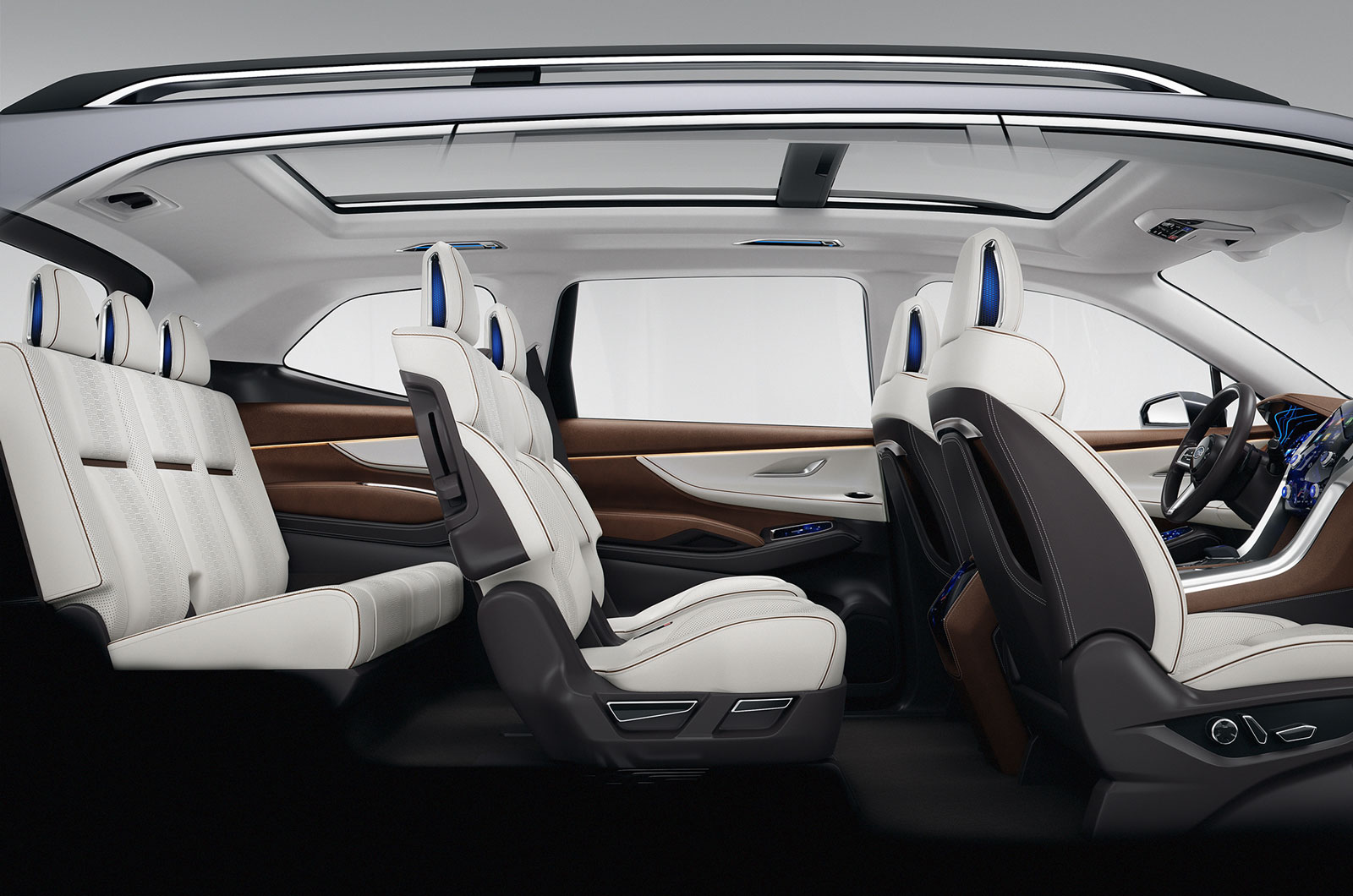XR Platform Showdown: How AI Is Reshaping The Landscape

Table of Contents
AI-Powered Enhancements in XR Platform Development
AI is no longer a futuristic dream in XR; it's the engine driving the next generation of immersive experiences. Its integration is revolutionizing several key aspects of XR platform development.
Improved Rendering and Performance
AI significantly accelerates rendering processes, leading to higher-quality graphics and smoother performance. This translates to more realistic and immersive experiences for users.
- Real-time environment generation: AI algorithms can generate vast and complex virtual environments in real-time, eliminating the need for extensive manual creation.
- AI-driven upscaling: AI can enhance the resolution of existing textures and models, creating visually stunning experiences even on less powerful hardware.
- Dynamic level of detail adjustments: AI intelligently adjusts the detail level of objects based on their distance from the user, optimizing performance without sacrificing visual fidelity.
For example, companies like NVIDIA are using AI-powered technologies like DLSS (Deep Learning Super Sampling) to significantly improve the rendering performance of XR applications.
Advanced Interaction and User Experience
AI is making XR interactions more intuitive and natural, blurring the lines between the physical and digital worlds.
- AI-powered hand tracking: Precise hand tracking allows for more natural and realistic interactions with virtual objects.
- Gesture recognition: Users can interact with XR environments using intuitive gestures, eliminating the need for cumbersome controllers.
- Voice control: AI-powered voice recognition enables users to control aspects of the XR environment using natural language commands.
- Emotion recognition: Analyzing facial expressions and other biometric data allows for personalized and adaptive XR experiences, tailoring the environment to the user's emotional state.
Platforms like Microsoft's HoloLens 2 utilize advanced AI for hand tracking and gesture recognition, offering a seamless interaction experience.
AI-Driven Content Creation
Creating high-quality XR content is time-consuming and expensive. AI is changing this by streamlining and accelerating the content creation pipeline.
- AI-assisted 3D modeling: AI tools can automatically generate 3D models from 2D images or sketches, significantly reducing development time.
- Automated animation: AI algorithms can generate realistic and expressive animations, freeing up artists to focus on creative direction.
- Procedural content generation: AI can create vast and varied virtual environments and objects automatically, providing endless possibilities for exploration.
Software like Adobe Substance 3D utilizes AI to enhance various aspects of 3D modeling and texturing, speeding up the XR content creation process.
Key Players in the AI-Driven XR Platform Market
The XR platform market is a battleground of innovation, with major tech giants and emerging startups vying for dominance.
Leading XR Platform Providers
Established tech giants are heavily investing in AI to enhance their XR platforms.
- Meta: Meta (formerly Facebook) is integrating AI into its Oculus VR headsets and AR glasses for improved rendering, interaction, and content creation.
- Microsoft: Microsoft's HoloLens utilizes AI for advanced hand tracking and spatial mapping, offering a unique mixed reality experience.
- Apple: Apple is rumored to be developing its own AR/VR headset with advanced AI capabilities, poised to enter the market with a powerful contender.
These companies' approaches to AI integration vary, reflecting their different strategic goals and market positioning.
Emerging AI Companies in XR
Numerous smaller companies are focusing on specific AI-powered solutions for XR.
- Companies specializing in AI-powered 3D modeling tools are streamlining content creation for XR developers.
- Startups developing advanced interaction technologies are pushing the boundaries of how users interact with virtual and augmented environments.
These emerging players have the potential to disrupt the market by introducing innovative AI-powered tools and applications.
Challenges and Future Trends in AI-Enhanced XR
Despite the immense potential, the integration of AI in XR also presents challenges and ethical considerations.
Addressing Ethical Concerns
The responsible development and deployment of AI in XR are crucial.
- Data privacy: Collecting user data for AI-powered personalization raises concerns about privacy and security.
- Algorithmic fairness: AI algorithms must be designed to avoid bias and ensure equitable experiences for all users.
- Responsible AI development guidelines: Clear guidelines and ethical frameworks are needed to guide the development and use of AI in XR.
Addressing these ethical concerns is paramount to ensure the responsible and sustainable growth of AI-enhanced XR.
Predicting Future Innovations
The intersection of AI and XR is poised for explosive growth, with several exciting trends emerging.
- Advancements in haptic feedback: More realistic and immersive haptic feedback will enhance the sense of touch in XR experiences.
- Brain-computer interfaces (BCIs): BCIs have the potential to revolutionize XR interaction by allowing direct communication between the brain and the virtual environment.
- Immersive metaverse experiences: AI will play a key role in building and populating persistent and immersive metaverse environments.
Conclusion: The Future of XR Platforms is AI-Powered
AI is not merely enhancing XR platforms; it is fundamentally reshaping the entire landscape. From improved rendering and natural interactions to streamlined content creation and immersive metaverse experiences, AI is driving the next generation of XR technologies. The key takeaways are clear: AI is crucial for improving rendering, interactions, content creation, and the overall user experience within XR platforms. To stay ahead in this rapidly evolving field, follow industry leaders like NVIDIA and Meta, attend conferences like SIGGRAPH, and explore platforms like Oculus and HoloLens. The future of XR is inextricably linked with the advancements in AI-enhanced XR platforms, and the possibilities are limitless.

Featured Posts
-
 Mark Consuelos On Live Dealing With Kelly Ripas Sudden Absence
May 13, 2025
Mark Consuelos On Live Dealing With Kelly Ripas Sudden Absence
May 13, 2025 -
 Obnovlyonnye Standarty Prepodavanie Fiziki I Khimii V Doshkolnykh Uchrezhdeniyakh
May 13, 2025
Obnovlyonnye Standarty Prepodavanie Fiziki I Khimii V Doshkolnykh Uchrezhdeniyakh
May 13, 2025 -
 Analyzing The Impact And Legacy Of The Da Vinci Code
May 13, 2025
Analyzing The Impact And Legacy Of The Da Vinci Code
May 13, 2025 -
 Tekikoe Trump Mokan Byd N Nousu Ja Teslan Uhka
May 13, 2025
Tekikoe Trump Mokan Byd N Nousu Ja Teslan Uhka
May 13, 2025 -
 Semya Kadyshevoy Syn I Ogromniy Dolg Vmeshatelstvo Muzha
May 13, 2025
Semya Kadyshevoy Syn I Ogromniy Dolg Vmeshatelstvo Muzha
May 13, 2025
Latest Posts
-
 Ford Vs Byd A Battle For Brazilian Electric Vehicle Market Share
May 13, 2025
Ford Vs Byd A Battle For Brazilian Electric Vehicle Market Share
May 13, 2025 -
 Byd Challenges Fords Legacy The Future Of Evs In Brazil
May 13, 2025
Byd Challenges Fords Legacy The Future Of Evs In Brazil
May 13, 2025 -
 Byds Ev Battery Manufacturing Leadership A Case Study Addendum
May 13, 2025
Byds Ev Battery Manufacturing Leadership A Case Study Addendum
May 13, 2025 -
 The Future Of Evs In Brazil Byds Ascent And Fords Decline
May 13, 2025
The Future Of Evs In Brazil Byds Ascent And Fords Decline
May 13, 2025 -
 Brazils Shifting Ev Landscape Byds Expansion And Fords Retreat
May 13, 2025
Brazils Shifting Ev Landscape Byds Expansion And Fords Retreat
May 13, 2025
